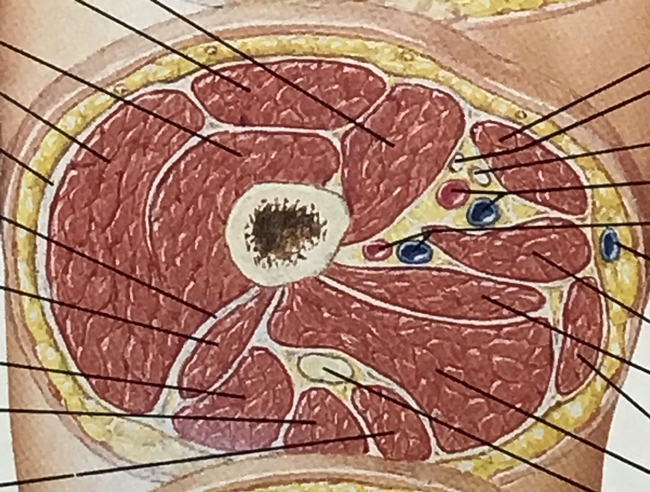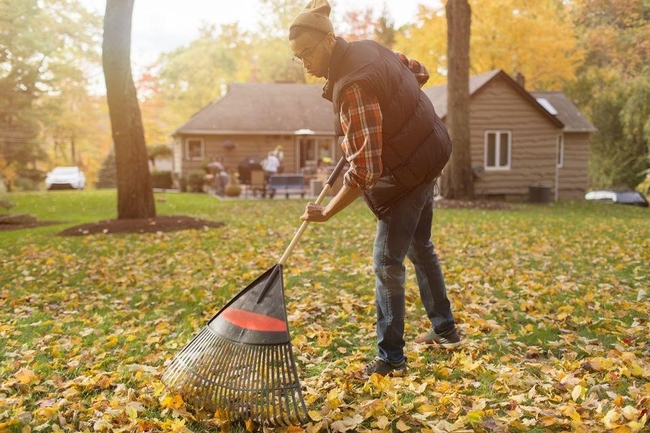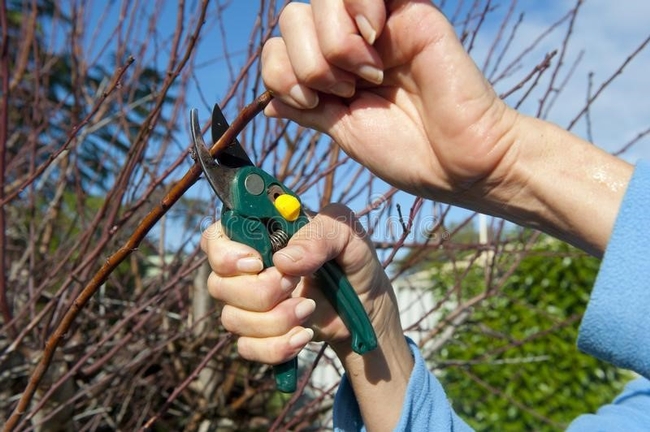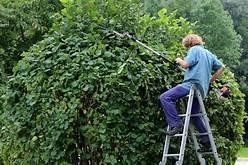By Bob Niklewicz PT MG

The word Ergonomics does come from Ergon “work” and Nomos “natural laws.” Ergonomics means the working body should function at optimal level within physiological limits. One of the KEYS to doing this is to have an unobstructed circulation network that delivers nutrients to all cells throughout the body, simultaneously, removing the waste products that metabolism produces. I call this system the “Nutrient Pathway.” This vascular system is vital in maintaining the health of the tissues in all vascularized living things. It is always under-appreciated.
Mammals as well as plants require this kind of circulation system. In the case of humans, the fluid circulated is called, blood and in Plants it is sap. Simply put, blood is transported through arteries and veins, while in plants, nutrients are transported through the phloem and xylem.

The stem has the darker green phloem carrying nutrients up from the roots then to the leaves and back to the roots. The purplish tissue is the xylem that carries nutrients upwards from the ground to the leaves.
In the muscle, arteries are seen as red tube endings, and the veins are shown as the blue tube endings. They provide channels for the nutrient pathway to work in mammals. One of the causes of loss of circulation is compression of these tissues. In the plant, compression can be from a tie that is too tight, or when the stem is bent. That reduces the patency, and the flow of nutrients. In a muscle contraction that is of long duration with high force intensity and high frequency will be compression of the vessels in that muscle. This compromises the circulation to that muscle, building up metabolic waste products.


Reaching forwards and/or overhead with a heavy tool can cause decreased circulation in the shoulders, neck and mid back. In this case, it can cause a hospital visit.

One more thing: Your heart is a muscle too. As such, it also has a circulation network to feed it. When you restrict the circulation to the skeletal muscles (the body's motors) by keeping them tight for long periods of time your system becomes pressurized.
If the blood vessels to those muscles are compressed from holding things tight for prolonged periods, your heart has to work harder to get the blood moving. When the heart contracts it is pushing blood out to muscles. If vessel flow is restricted by hard compression, it takes more power/pressure to get the blood through the muscle.
For example, hand watering your plants and the stream can easily reach the back row of plants. If you step forwards and inadvertently step on the hose, the stream is reduced and only hits the middle row. Furthermore, the hose behind your foot starts to build up pressure. When you notice, you step off and the rush of pressurized water shoots up through the nozzle and you water the fence behind the last row.
The same thing happens in your heart when you sustain an awkward posture, generate force that tightens the muscles and makes the heart work harder to move the blood to where it is needed. So, spend some extra time taking an “ergo break” that will help your heart.
Do you appreciate the nutrient pathway a little more?
Information links:
UC Berkeley-Ergonomics tips for gardening
https://uhs.berkeley.edu/sites/default/files/ergonomics_tips_for_gardening_at_home.pdf